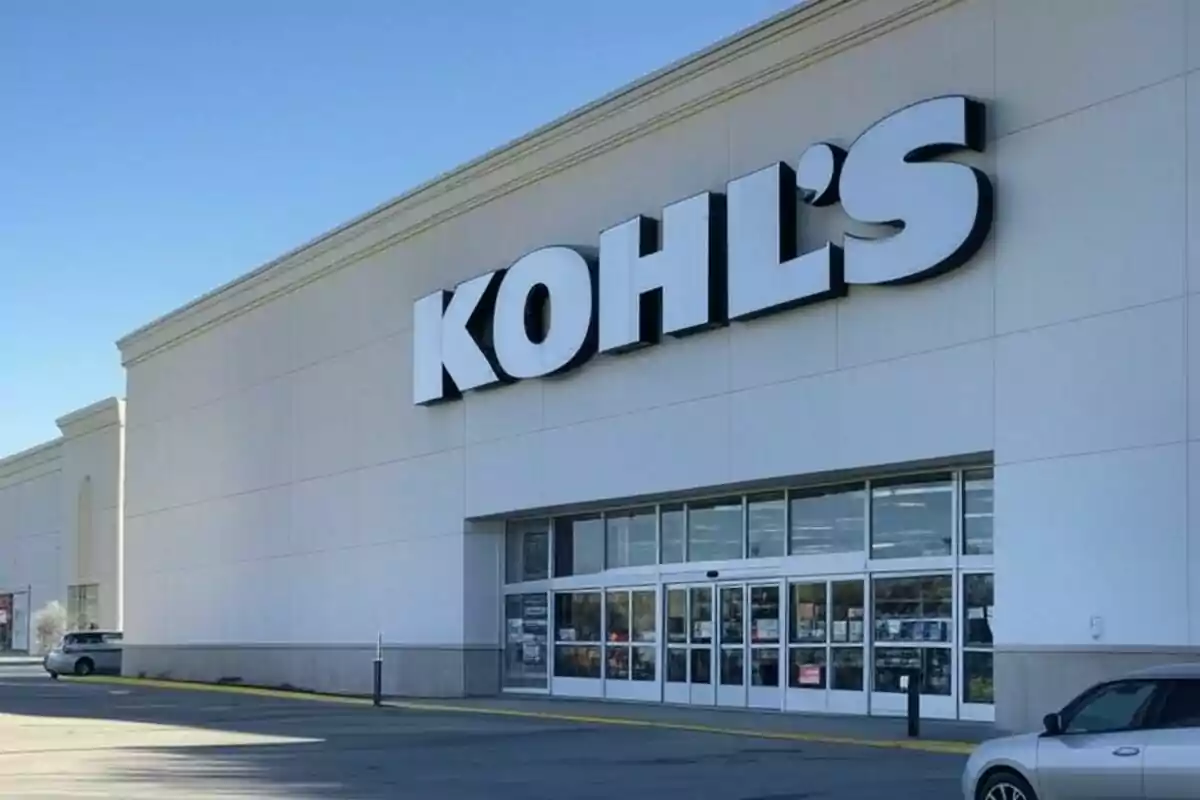In recent years, major retail chains in the United States have had to quickly adapt to market changes. Digitalization has transformed the way consumers shop, which has put many physical stores in front of difficult decisions.
One of the most recent examples of this trend is Kohl's. It is a well-known chain of clothing and home goods that has made the difficult decision to close several of its stores.

Kohl's Is Undergoing a Major Restructuring
Kohl's, one of the most famous chains of clothing and home goods in the United States, is going through a decisive moment. The company has closed 27 of its stores in 15 states as part of a commercial restructuring process. This change is part of a broader strategy to adapt to new market times and reduce its physical footprint in the country.
Kohl's transformation began to take shape at the beginning of the year. In January, the company revealed its plan to close approximately 36 stores and a distribution center in San Bernardino, California. The decision responds to the drive to incorporate new technologies that optimize operational efficiency and resource management. Thus, the company seeks to focus on the most profitable locations and strengthen its presence in the digital world.
The closures mainly affect retail locations in key cities like Los Angeles, New York, and Chicago. In California, states like San Francisco, San Diego, and Napa have also been hit with the closure of several of their most historic stores. This impact highlights the shift toward digitalization that Kohl's is undertaking to remain competitive.

Despite the reduction in stores, Kohl's remains a giant in retail, with more than 1,150 establishments across the country. The closed stores represent only a small fraction of its network, although the change reflects the sector's struggle to adapt to new times. In this context, Kohl's transformation could set the tone for other competitors in the near future.
The restructuring also affects employees, although the company has announced severance packages for those affected. Additionally, workers will have the option to apply for positions within other stores of the company. Even so, uncertainty remains, as many will lose their immediate sources of income.
This store closure is a reflection of a broader economic downturn. In the last five years, Kohl's has lost 70% of its market value, with a 48% decline in the last year. Most of this drop has been caused by the growing power of e-commerce, which has displaced traditional physical stores.

Kohl's Isn't the Only One
The competition doesn't sleep, and other major chains are making similar decisions. Macy's, for example, has announced the closure of 60 stores for the first quarter of 2025. JOANN Fabric, meanwhile, will close its 500 stores after declaring bankruptcy, a significant blow to its customer base.
In this landscape, physical stores continue to lose ground to the rise of online shopping. Although Kohl's is boosting its digital platform, the closures of physical stores reveal the difficulties faced by traditional retail. The future of these major chains seems increasingly uncertain as consumers continue to opt for the convenience of digital commerce.

